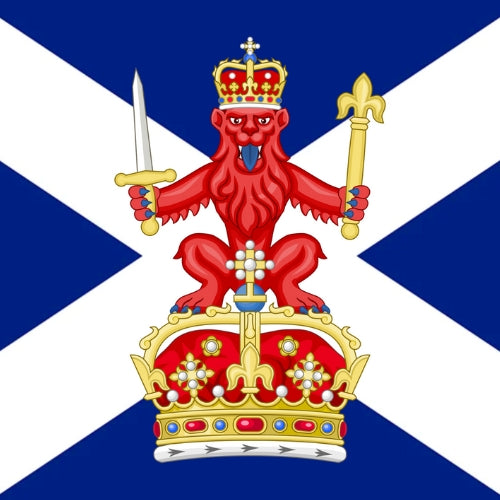Coins are not mere pieces of metal or tokens of exchange; they are silent witnesses to the ebb and flow of history, bearing the imprints of empires, revolutions, and the rise and fall of civilizations. Let's embark on a captivating journey through time, exploring the pivotal role that currency has played in shaping the course of human history. From wars and revolutions to economic upheavals and cultural revolutions, this book illuminates the profound impact of coins on historical events and the enduring legacy they leave behind.
The Birth of Coinage
In this chapter, we delve into the origins of coinage, tracing its evolution from primitive tokens of exchange to standardized units of currency. From the invention of the first coins in ancient Lydia to the spread of coinage across the Mediterranean world, we uncover the pivotal role that coinage played in facilitating trade, empire-building, and the rise of civilization.
Coins of Conquest
Coins have long been used as instruments of power and propaganda by conquerors and emperors. In this chapter, we explore how coins were used to assert dominance, commemorate military victories, and reinforce the authority of rulers throughout history. From the Roman denarii of Julius Caesar to the Islamic dinars of the Abbasid Caliphate, we examine the role of coins in projecting imperial might and shaping the geopolitical landscape.
Coins and Revolution
Throughout history, coins have often been at the center of revolutions, uprisings, and social movements. In this chapter, we uncover the role of coins in catalyzing political change, challenging authority, and inspiring movements for freedom and equality. From the French Revolution to the American Civil War, we examine how coins became symbols of resistance, liberation, and the quest for self-determination.
Economic Warfare
Coins have frequently been used as tools of economic warfare, both in times of conflict and during periods of economic instability. In this chapter, we explore how coins have been debased, manipulated, and weaponized by rulers and governments to fund wars, devalue currencies, and exert control over populations. From the debasement of Roman coinage to the hyperinflation of the Weimar Republic, we uncover the devastating consequences of economic warfare on societies and economies.
Cultural Exchange
Coins are not only instruments of commerce and power but also vessels of culture, art, and identity. In this chapter, we examine how coins have served as vehicles for cultural exchange, artistic expression, and the dissemination of ideas across borders and civilizations. From the Hellenistic tetradrachms of Alexander the Great to the Renaissance florins of Florence, we explore how coins reflect the cultural diversity and artistic achievements of humanity.
The Legacy of Coins
In the final chapter, we reflect on the enduring legacy of coins and their continued relevance in the modern world. From the transition to digital currencies to the preservation of numismatic heritage, we examine how coins continue to shape our lives and our understanding of history. Through the stories of coins and the events they witnessed, we gain insight into the human experience and the timeless quest for power, wealth, and meaning.
As we trace the footsteps of emperors, revolutionaries, and ordinary people through the pages of this book, we gain a deeper appreciation for the role that coins have played in shaping the world we inhabit and the stories we tell about our collective past.
